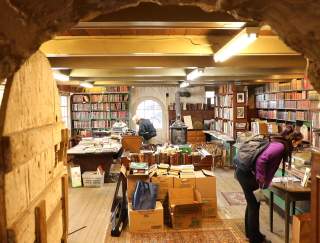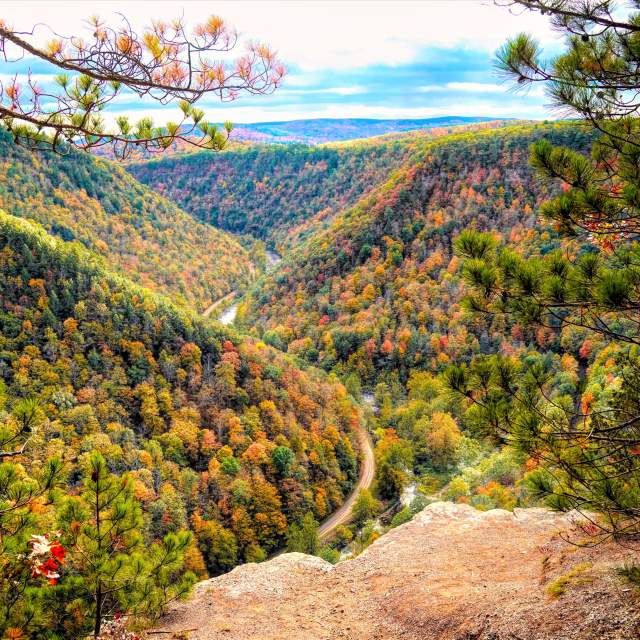Winemaking traditions in Pennsylvania run deep, dating back to the late 17th century when William Penn cultivated grapes on his estate, now Fairmount Park in Philadelphia. Today, the state has grown into a dynamic and diverse wine region, home to over 14,000 acres of vineyards and hundreds of wineries producing everything from crisp whites and robust reds to sweet dessert wines and experimental blends.
Pennsylvania grows a wide variety of grapes. French-American hybrids such as Chambourcin, Vidal Blanc, and Traminette thrive here thanks to their resilience to humidity and cold winters. These hybrids yield bright, aromatic wines that reflect a mix of tradition, experimentation, and terroir found across Pennsylvania. At the same time, traditional European vinifera varietals like Cabernet Franc, Riesling, Merlot, and Grüner Veltliner are producing stronger results as growers zero in on the right elevation and soils.
A defining feature of Pennsylvania’s wine industry is its geographic and climatic variety. The state includes five official American Viticultural Areas (AVAs): Lake Erie, Central Delaware Valley, Cumberland Valley, Lancaster Valley, and Lehigh Valley. Each AVA brings distinct soil, elevation, and microclimates that shape the wines. The Lake Erie AVA, bordering the Great Lake, benefits from lake-effect weather that extends the growing season, ideal for cold-hardy grapes like Riesling and Vidal Blanc. In contrast, the Lehigh Valley AVA, in eastern Pennsylvania, is characterized by shale and limestone soils that favor classic vinifera grapes like Chardonnay, Grüner Veltliner, and Pinot Noir.
For wine lovers, Pennsylvania’s wine trails provide the perfect roadmap. Half a dozen routes wind through the state: the Susquehanna Heartland Wine Trail in the south-central region; the Brandywine Valley Wine Trail, Bucks County Wine Trail, and Berks County Wine Trail in the southeast; and Lake Erie Wine Country in the northwest. These curated trails course through picturesque landscapes, connecting visitors to family-owned vineyards, innovative producers, and cozy tasting rooms.
Behind the region’s wine culture is a long history of experimentation and resilience. Historically, Pennsylvania played a pivotal role in American viticulture. It was among the first states to experiment with cold-hardy grape varieties, paving the way for winemaking in the eastern U.S. During Prohibition, many growers and producers survived by selling grape juice or sacramental wine, helping the industry bounce back after the ban on alcohol was lifted.
Today, Pennsylvania benefits from the research and expertise of Penn State’s Wine and Grape Team. “PA winemakers are carving out a niche and producing some excellent wines,” says Molly Kelly, Penn State’s Enology Extension Educator. “By embracing uncommon grape varieties and creative styles of winemaking, PA wines continue to excel. Winemakers also continue to elevate the quality of blends by using a mix of Old and New World styles.”
The state has become a rising star in the American wine landscape. Whether you're savoring a glass of dry Cabernet Franc in the Philadelphia area or discovering a sweet Vidal Blanc Ice Wine near Lake Erie, Pennsylvania’s wines offer a unique expression of place, history, and craftsmanship. Create your custom itinerary at PennsylvaniaWine.com.


